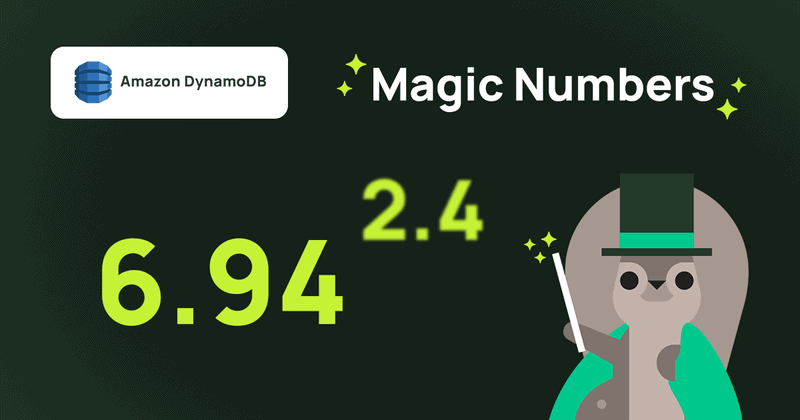A vector index is a specialized type of index designed to store and manage multidimensional data called vectors. We can produce vectors from AI models called “embedding models”. Embedding models summarize an object (an article, an image, a video) as a vector. This direction and magnitude preserves the meaning (semantic content) of the original object.
Vector indexes are the key to managing ultra-efficient AI-enabled systems. They store vector data that captures an item’s essence mathematically, called vector embeddings. To help you visualize this better; when in a vector index, these vector embeddings effectively look like a 3D holographic “star chart” you’d see in a sci-fi movie, with each embedding having its own point of light on that chart. The more embeddings are closer to each other, the larger and brighter that point is. Now imagine that in 1000 dimensions.
To put it in technical terms, related vector embeddings reveal relationships in the data. With that, vector indexes enable your apps to move beyond the simple matching of plain text search into the realm of AI-enhanced semantic search.
Why is semantic search so important?
Let’s look at an example. Here’s one image from a fashion photo shoot in Casablanca, along with a photo of a woman in a bazaar in Casablanca. Normally these photos are not related by much. Each has very different clothing, different lighting, different people, one photo is color and one is sepia-toned black and white, one is in a building while the other is on a street, and so on.

What does connect them, though, is they are both photographs, they are both images of humans, they are both wearing clothing, and both images were made in the city of Casablanca, Morocco. How might that look in vectors stored in a vector index?
Photo1 = [ 234.53, 45.31, 23.45, …]
Photo2 = [ 45.32, 98.6, 23.45, …]
What this means is by writing these vectors to a vector index, the similar vector embeddings are near, next to, or the same as other vectors in the multidimensional space of a vector index. They are automatically related. Therefore, I can do a semantic search to find all vectors that have vector embeddings at or near 23.45, have other vector embeddings that are at or near 45.31, and so on. Search for XYZ near 45.31. Since we are working with an array of numbers and not bulky data, satisfying such a search is dramatically more efficient and more performant than other index types.
What would use a vector index for?
Now that you know what a vector index does for you with vector embeddings, let’s talk about some examples of what you can do with a vector index.
AI chatbot
Think of having an AI trained on a specific set of data, a product’s documentation website, for example. Combine that with other training data on writing applications in various languages, and now you can ask questions of that set of documentation and have the AI write code for your users. No more searching through the documentation, just ask normal questions of the AI, and it generates a response that is on topic or similar to what you asked about. This use case is what I like to call a knowledge bot.
検索
This approach is fundamental in various applications, including recommendation engines, image recognition, and Natural Language Processing(NLP). The ability to efficiently find related items in vast datasets makes similarity search a powerful tool in modern data analysis and machine learning. This can be used in product catalogs, video/music streaming sites, e-commerce sites, etc.
Recommendation engine
While I mentioned this under search, it is common enough to stand alone. Let’s say you are researching online to purchase a table saw. Knowing that, your past purchases, and what other people searched for, clicked on, and rated well, an AI-enhanced recommendation could deliver to you sites, images, and videos more pertinent to your research than a simple search.
Anomaly Detection
Anomaly detection is a critical process in data analysis that identifies unusual patterns that do not conform to expected behavior. These outliers or anomalies can signify problems such as fraud, network intrusion, or system failure. The ability to detect anomalies in real-time allows for immediate response, mitigating potential risks and enhancing the overall integrity and reliability of a system.
Sentiment analysis
By mapping words into a multidimensional space of a vector index, patterns correlating to positive, negative, or neutral emotions can be discerned. This allows for efficient comparison across large datasets, helping gauge opinions on products, trends, or other things. With real-time processing and adaptability, vector indexes become valuable for understanding and responding to user sentiments across various platforms.







